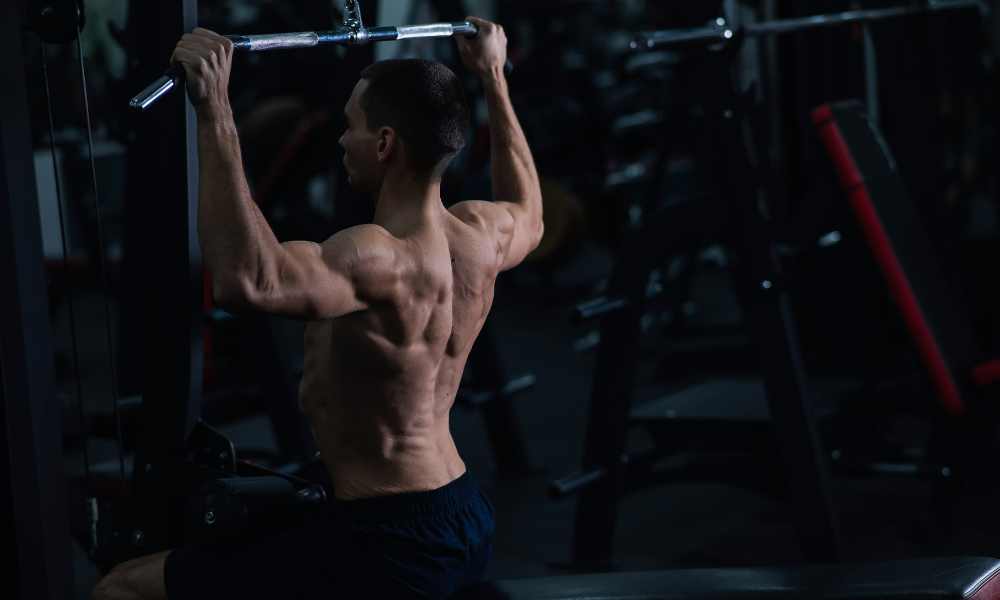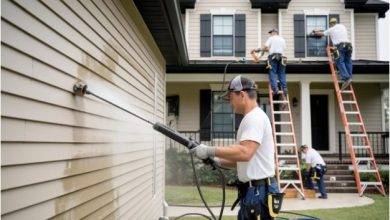How Boxing Contributes to Building Strength: A Comprehensive Guide
How Boxing Contributes to Building Strength: A Comprehensive Guide

Boxing is often celebrated for its high-intensity workouts and its role in enhancing cardiovascular fitness. However, it is also a powerful tool for building strength. This comprehensive guide explores the various ways in which boxing contributes to developing physical strength, from improving muscle tone to increasing endurance.
The Physical Demands of Boxing
Does boxing build strength, Boxing is a full-body workout that engages multiple muscle groups simultaneously. The sport’s rigorous training routines involve a combination of punching, footwork, and defensive maneuvers, all of which require and build strength. Unlike traditional strength training that focuses on isolated muscle groups, boxing offers a dynamic approach to muscle development, integrating strength building into its core practices.
Punching Power and Upper Body Strength
One of the most direct ways boxing builds strength is through punching. The act of punching involves explosive power generated from the legs, through the core, and into the arms. This movement not only enhances the power of your punches but also strengthens the upper body, including the shoulders, chest, and arms.
Training techniques such as heavy bag workouts, speed bag drills, and mitt work all contribute to upper body strength. Heavy bag workouts, for instance, require sustained impact and force, which condition the muscles to handle greater stress and develop greater strength over time.
Core Strength Development
A strong core is essential for effective boxing. The core, which includes the muscles of the abdomen, lower back, and hips, plays a crucial role in generating power for punches and maintaining balance during movement.
Boxers engage their core through various exercises such as:
- Rotational Movements: Punching involves rotational movements that require a strong and stable core to transfer power efficiently.
- Footwork Drills: Quick footwork and agility drills demand a robust core to maintain balance and coordination.
- Core-Specific Exercises: Activities like planks, Russian twists, and medicine ball throws are commonly used to strengthen the core.
Lower Body Strength and Stability
Boxing training doesn’t just focus on the upper body; it also emphasizes the development of lower body strength. Strong legs are crucial for effective footwork, balance, and stability in the ring.
Key aspects of lower body strength in boxing include:
- Leg Workouts: Boxing training includes exercises like squats, lunges, and plyometrics, which enhance leg strength and explosiveness.
- Footwork Drills: Movements such as bouncing, shuffling, and pivoting improve lower body agility and stability.
- Endurance Training: Activities like running and skipping rope help build muscular endurance in the legs.
Enhancing Functional Strength
Boxing promotes functional strength, which refers to the ability to perform everyday activities more efficiently. Unlike traditional weightlifting, which often isolates specific muscles, boxing develops strength that is directly applicable to real-life movements.
Functional strength gained from boxing includes:
- Improved Coordination: The sport enhances the ability to coordinate movements between different muscle groups.
- Increased Power and Endurance: Boxing workouts often involve high-intensity intervals that improve both power and muscular endurance.
- Enhanced Balance and Agility: Regular boxing training improves overall balance and agility, which are essential for both athletic performance and daily activities.
The Role of Conditioning and Recovery
Effective boxing training is not just about the workouts but also about proper conditioning and recovery. Conditioning exercises like shadowboxing, mitt work, and high-intensity interval training (HIIT) are designed to build strength and improve overall fitness.
Recovery is equally important in the strength-building process. Adequate rest, nutrition, and recovery strategies such as stretching, foam rolling, and massage help the muscles repair and grow stronger.
Nutrition for Strength Building
A balanced diet plays a crucial role in supporting muscle growth and strength development. Boxers require a diet rich in proteins, carbohydrates, and healthy fats to fuel their workouts and aid in recovery. Key nutritional elements include:
- Proteins: Essential for muscle repair and growth. Sources include lean meats, fish, eggs, and plant-based proteins.
- Carbohydrates: Provide energy for high-intensity workouts. Include whole grains, fruits, and vegetables in your diet.
- Fats: Healthy fats are important for overall health and energy. Incorporate sources such as avocados, nuts, and olive oil.
The Importance of Hydration
Staying hydrated is crucial for maintaining peak performance and aiding recovery. Proper hydration helps prevent muscle cramps and supports overall physical function. Aim to drink plenty of water throughout the day and during training sessions.
Conclusion
Boxing is a multifaceted sport that contributes significantly to building strength across various muscle groups. Through its demanding physical activities, including punching, footwork, and core exercises, boxing enhances upper body strength, core stability, and lower body power.
By incorporating proper conditioning, recovery strategies, and a balanced diet, you can maximize the strength-building benefits of boxing. Whether you’re a seasoned boxer or a beginner, integrating boxing into your fitness routine can lead to substantial improvements in overall strength and physical fitness.




